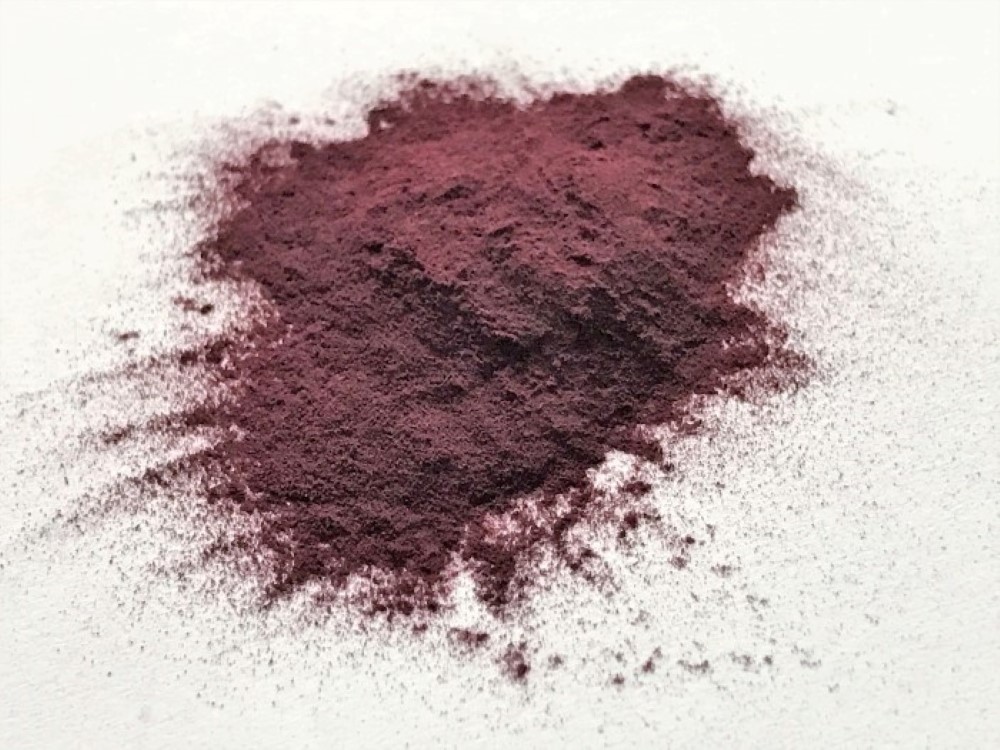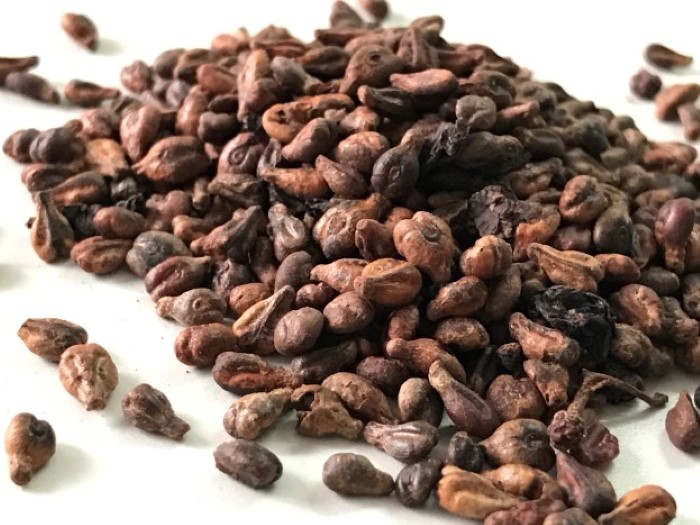
Grape extracts (Part II), an effective treatment against varicose veins.
Grapes have excellent healthy benefits. One of the most relevant is its improvement in the circulatory system. Nevertheless, the habitual intake of grapes by the consumers is not enough to exercise a functional activity in the human body. Extracts, with high concentrations of compounds, are the only ones that allow to take advantage of grapes.
In this article we explain which plant actives allow grape extracts to be an effective and natural treatment against varicose veins. We advance it now: the tannins.
Contenido del artículo
Grapes and its antioxidants properties.
Grapes contain different phytochemicals of the family of polyphenols. These are divided into two major groups: flavonoids and phenolic acids, which are formed by other groups of compounds such as anthocyanins, tannins, flavonols, hydroxycinnamic acids and benzoic acids. All of them, jointly and synergistically, provide extraordinary properties to grapes.
In our first article about Grape Extracts, which describes general characteristics, we explained the antioxidant function of polyphenols: to protect the cells of the human body from the oxidative caused by free radicals. Polyphenols are, therefore, allies in diseases such as cancer, Alzheimer’s and those cardiovascular pathologies caused by the oxidation of cells (ischemia, atherosclerosis, etc.).
The tannins: the crux of the grapes.
The properties of the grapes also provide benefits to the circulatory system.
This is due largely because tannins block the formation of endothelin-1, a potent vasoconstrictor that favors the narrowing of blood vessels, decreasing its diameter and increasing resistance to blood passage. This bloking function is positive since improves the movement of the blood and its return to heart.
As a result, this effect benefits circulatory problems such as varicose veins. But before continuing, we need to explain…
What are varicose veins?
Veins are responsible for transporting the blood through the body in order to provide oxygen to cells. The veins are formed by valves that regulate the pressure and the blood-flow. When the veins lose elasticity in a certain point of the body, they dilate and cause failures in the functioning of the valves. These failures paralyze the circulation of the blood at that point provoking an accumulation of the blood and venous swellings.
This accumulation also means the loose of oxygen in the blood. This is way the varices are reddish in the early stages and then turn blue; because they have run out of oxygen.
This reaction is usually common in the lower parts of the body due to the characteristics of the veins and the valves of the legs. Age, being overweight or spending a lot of time standing or sitting are some of the causes.
How do tannins work against varicose veins?
Along with its ability to block endothelin-1, tannins also improve the flexibility and integrity of venous walls. This contributes to avoiding dilation problems and, therefore, improving blood circulation.
Proanthocyanosides also play a role in this game as they stabilize the collagen in the vessel membranes.
The role of Grape Extracts.
“Extracts allow to isolate specific components of a plant and to obtain high concentrations; even thousands of times higher than the originally found in the plant”, explains Gonzalo Bas, director and chemical head of Nutexa Ingredients. “In this case, grape extracts have more bioactive components than the grains themselves and their functionality is greater”.
Extracts can be applied in food in order that the isolated compound will be actually effective. But if the food does not allow its direct incorporation (as it happens with grapes), they can be taken apart by dietary supplements (tablets).
In this sense, grape extracts offer great potential for the nutraceutical industry.
Read more about how plant extracts work.
Characteristics of grape extracts.
Grape extracts are made from dark varieties because they contain higher levels of anthocyanins than green grapes and, consequently, a greater antioxidant capacity than the latter, as scientific studies attest.
If you are interested in trying our grape extracts for your nutraceutical products, contact us and we will help you.
Chapter I: Grape extract. Times for haverst and new nutraceutical products.
REFERENCES
Ghiselli A, Nardini M, Baldi A, Scaccini C. Antioxidant Activity of Different Phenolic Fractions Separated From an Italian Red Wine. J Agric Food Chem. 1998;46 (2),361-367.
Martínez-Flórez, J. González-Gallego, J. M. Culebras y M.ª J. Tuñón. Los flavonoides: propiedades y acciones antioxidantes. Departamento de Fisiología, Universidad de León y Hospital de León. España
Garzon, G. 2008. Anthocyanins As Natural Colorants And Bioactive Compounds: A Review. Acta Biol.Colomb. 13, no.3, p.27-36. ISSN 0120-548X.
Leifer, W.R., Abeywardena, M.Y. 2008. Cardioprotective actions of grape polyphenols. Nutriton Research, 28:729-737.
Zhenchang Liang, Lailiang Cheng, Gan-Yuan Zhong, Rui Hai Liu. 2014. Antioxidant and Antiproliferative Activities of Twenty-Four Vitis vinifera Grapes. https://www.ncbi.nlm.nih.gov/pmc/articles/PMC4136860/






